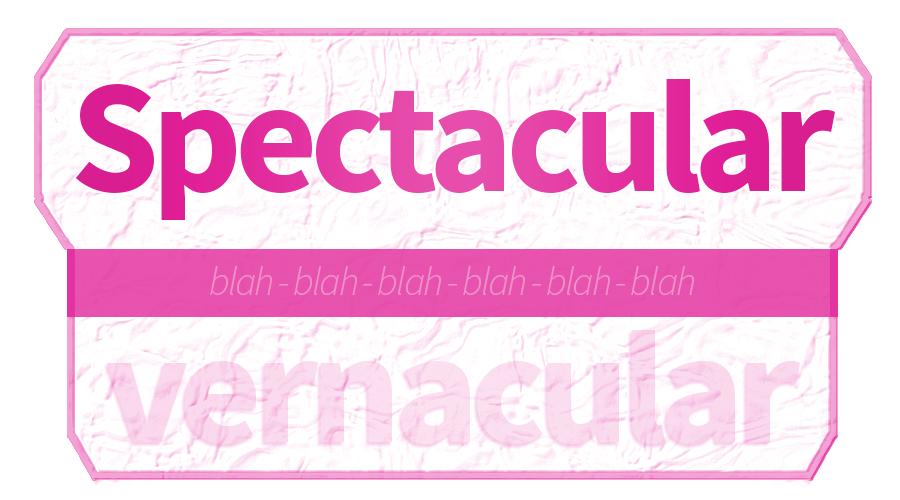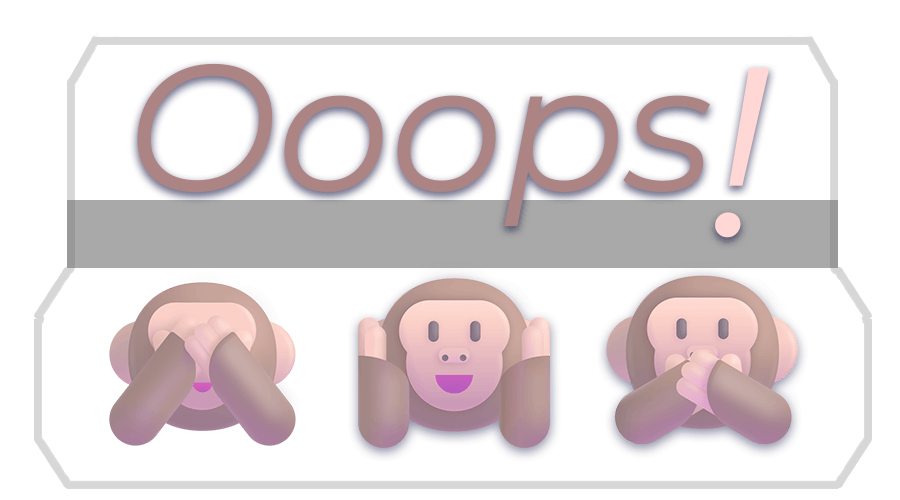AILAGAO 024 Present Perfect Simple – sentenças afirmativas, interrogativas e negativas 347AH
O Present Perfect Simple (Presente Perfeito Simples) é um tempo verbal que funciona como uma ponte entre o passado e o presente. Ele é usado para expressar uma ação ou situação passada que tem relevância no momento presente. Diferente do Simple Past, que foca em quando a ação ocorreu, o Present Perfect destaca o resultado ou o impacto dessa ação no agora.
Em inglês, o Present Perfect é formado pelo auxiliar have ou has, seguido do particípio passado do verbo principal. Verbos regulares formam o particípio passado com -ed (worked, finished), enquanto verbos irregulares possuem formas próprias (gone, written, eaten).
Em português, a estrutura equivalente é geralmente o pretérito perfeito composto, mas seu uso pode diferir, já que o português tende a preferir o pretérito perfeito simples em muitas situações onde o inglês emprega o Present Perfect.
Esse tempo verbal aparece frequentemente em situações cotidianas, como:
- Experiências de vida: “I have traveled to Japan.”
- Ações contínuas com relevância no presente: “She has worked here for five years.”
- Notícias e atualizações: “They have just announced the results.”
- Expressões idiomáticas: “I’ve had enough.”
.
| Exemplo na Literatura Clássica | Exemplos em Músicas Pop |
|---|---|
| “I have seen the moment of my greatness flicker, And I have seen the eternal Footman hold my coat, and snicker.” — T.S. Eliot, The Love Song of J. Alfred Prufrock. |
|
.
Forma Afirmativa
| Subject | Have/Has | Past Participle |
|---|---|---|
| I / You / We / They | have (‘ve) | thought |
| He / She / It | has (‘s) | driven |
Exemplos:
- “I’ve lost my ticket.”
- “I’ve already seen that movie”
.
Forma Negativa
| Subject | Have Not / Has Not | Past Participle |
|---|---|---|
| I / You / We / They | have not (haven’t) | sung |
| He / She / It | has not (hasn’t) | blown |
Exemplos:
- “He hasn’t bought the newspaper today.”
- “They still haven’t finished their homework.”
.
Forma Interrogativa
| Question | Negative Question | Past Participle |
|---|---|---|
| Have I / you / we / they | Haven’t I / you / we / they | seen |
| Has he / she / it | Hasn’t he / she / it | flown |
Exemplos:
- “Hasn’t she finished the report yet?”
- “HAve they updated the restaurant menu after the govenmental directives?”
Conclusão
O Present Perfect Simple é essencial para comunicações precisas e naturais em inglês. Ele permite expressar experiências, ações com impacto presente e novidades recentes. Dominar esse tempo verbal melhora significativamente a fluência e a compreensão da língua.
Ele se aplica a diversas situações da vida real, como:
- Reuniões de negócios: Para falar sobre progresso ou resultados, como “We have increased our sales by 20% this year.”
- Notícias: Para reportar eventos recentes, como “Scientists have discovered a new treatment for diabetes.”
- Relato de viagens: Para compartilhar experiências com familiares, como “I have visited the Eiffel Tower and walked along the Champs-Élysées.”
- Artigos acadêmicos: Para discutir pesquisas, como “Many studies have demonstrated the impact of social media on mental health.”
- Entrevistas em podcasts: Para destacar realizações, como “You have worked with some of the biggest names in the industry. How has that influenced your career?”
Ao dominar essa estrutura, seu inglês soará mais natural, especialmente em contextos que exigem um tom profissional ou narrativo.





























